What are the school choice trends in 2022-23?
In the United States since 2011, the last week of January each year has been designated School Choice Week to promote the concept of all the different forms of school choice. For this current school year, National School Choice Week will be January 22-28, 2023.
There are six main options for schooling in the United States: traditional public schools, public charter schools, public magnet schools, private schools, online academies, and homeschooling. The National School Choice Week Team has published the trends for 2022-23, recapped here.
Traditional Public Schools and Open Enrollment
Available in all 50 states, traditional public schools are established by school districts. Open enrollment policies mean that parents can choose a public school that is outside of their own zone or district. Currently:
- 13 states allow parents to choose any public school for their child, in any school district
- 18 states allow open enrollment to parents that meet certain requirements, like living too far from the assigned school, or wishing to transfer out of a low-performing school.
- An additional 19 states allow districts and schools to choose whether they will participate in open enrollment. So families must request and receive school district approval to take advantage of open enrollment in these states. Some states are lenient with their requirements while others rarely permit transfers.
Public Charter Schools
Charter schools are created by school districts, colleges, nonprofit organizations or other entities and are generally innovative schools within the public school system. 45 states and the District of Columbia allow public charter schools, and there are currently about 7,700 in the U.S. The number of students in charter schools has more than doubled in the last 10 years.
Magnet Schools
Magnet schools are also public schools operated by school districts, but they allow students to focus on a specific learning track, like STEM, medical science, or performing arts. There are more than 4,000 magnet schools across the US, and there are thousands of magnet programs within traditional public schools nationwide. All 50 states permit magnet schools, theme-based schools, or magnet programs, and 5 states have magnet programs but no freestanding magnet schools at this time.
Private Schools
Private schools are an educational choice in all 50 states and vary widely as to tuition and curriculum. Many private schools and nonprofit organizations offer scholarships to help students pay for tuition. In addition, 30 states offer official programs that provide scholarships or tuition assistance for families choosing private schools.
Online Learning and Course Access
Virtual academies instruct students 100% through online or digital curricula. In the 2019-20 school year, approximately 375,000 K-12 students attended a statewide online school full time in the United States. That number jumped to 656,000 for the 2020-21 school year. The numbers for 2021-22 aren’t in yet.
35 states offer full-time, tuition-free online public schools, established by state authorities, school districts, or charter schools. In many states, students can use online coursework to supplement their in-person schooling. Many states also offer this online course access to private school or homeschooled students.
Homeschooling
All 50 states allow parents to homeschool their children. Many families collaborate with others, using tutorials, cooperatives, and leagues. Enrollment in homeschool programs nearly doubled from 1999 to 2016. By 2020, before the coronavirus pandemic, more than 2 million children were homeschooled. As of 2022, that number has grown to about 3.7 million, and is growing in all race and income categories.
To view maps showing the details of these various school options for each state, please visit SchoolChoiceWeek.com.

